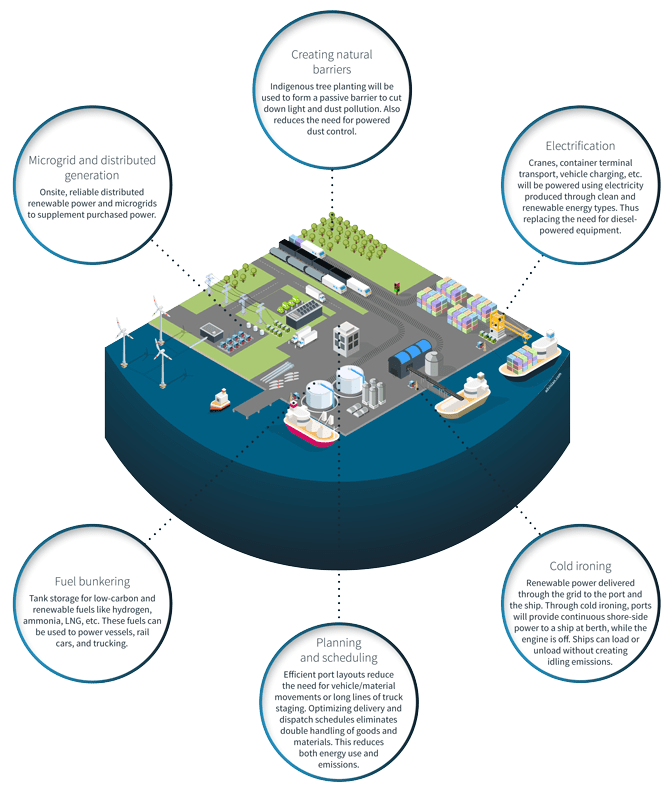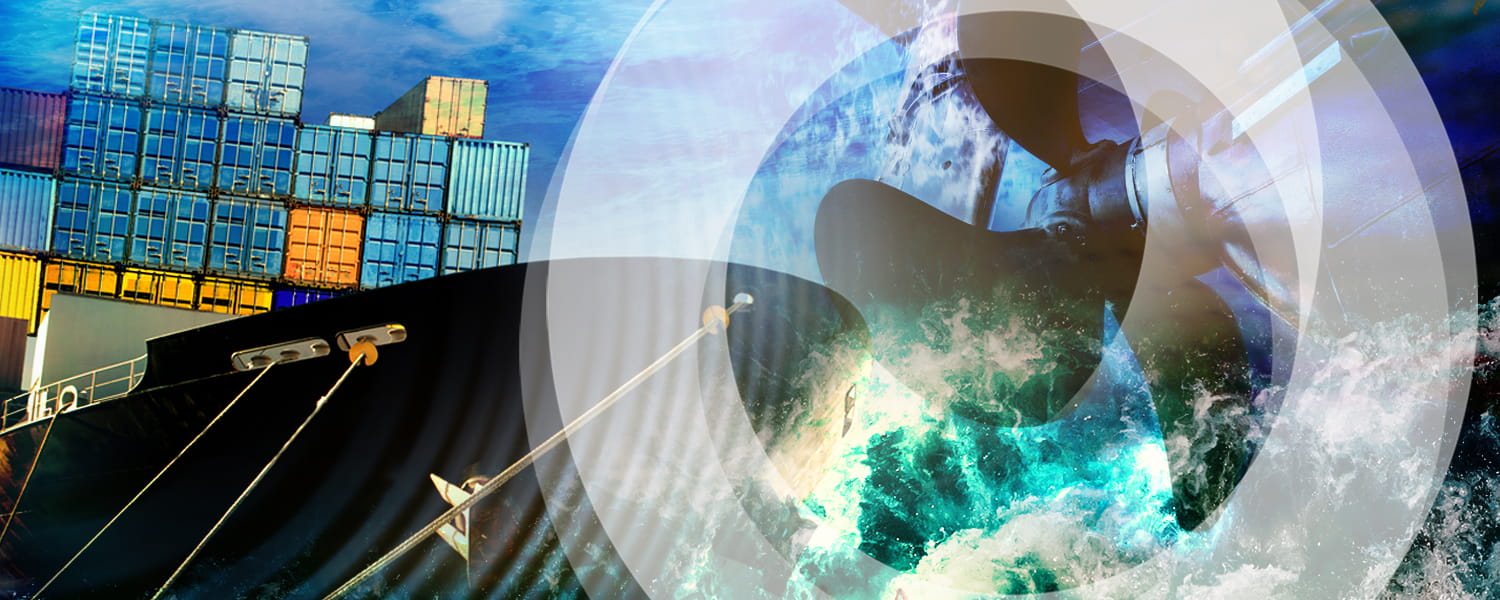Maritime shipping is critical to world trade while decarbonization is critical to protecting our planet.
It is estimated that over 80 percent of all goods are transported by sea. The global shipping industry emits around 940 million tonnes of CO2 a year. That’s around 2.5 percent of the world’s total annual CO2 emissions! If we continue at this rate, the shipping industry is projected to contribute 17 percent to global CO2 emissions by 2050. Much of these emissions come from fuel combustion in the ships themselves, but ports play a part as well.
So, not only do we need to fuel our fleets with cleaner fuels. Ports and related infrastructure need to be decarbonized as soon as possible. But how do we go about doing that?









